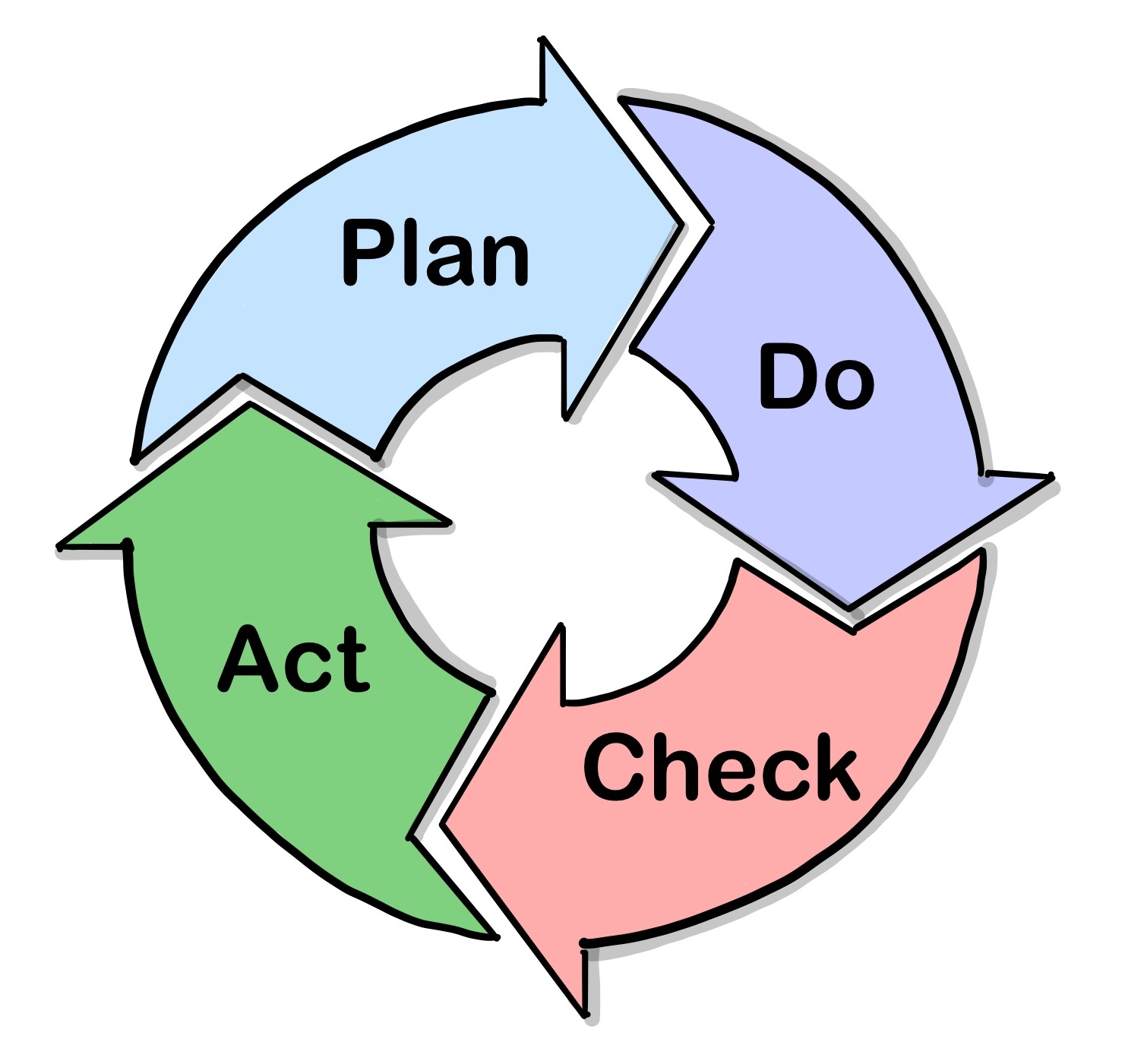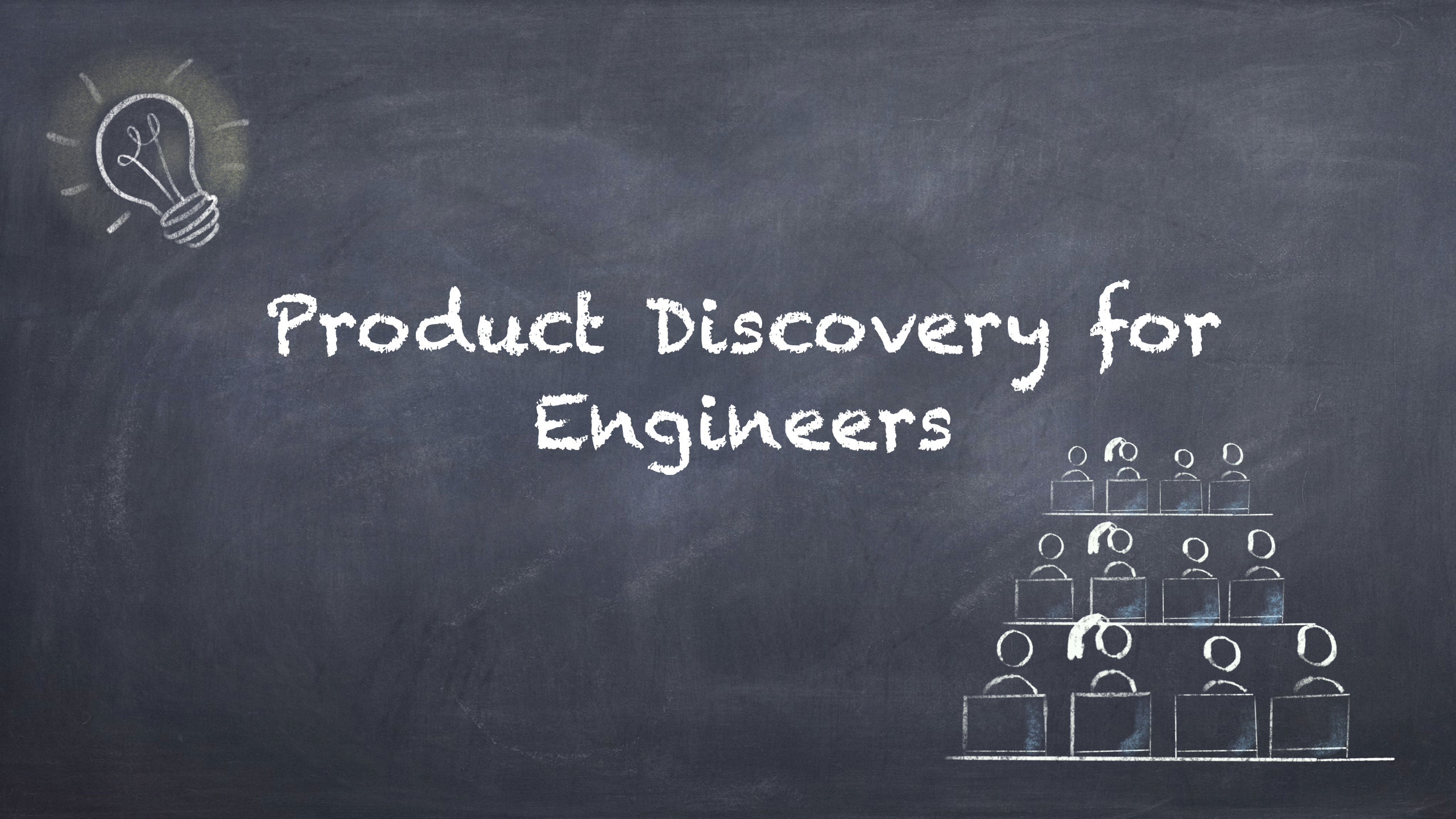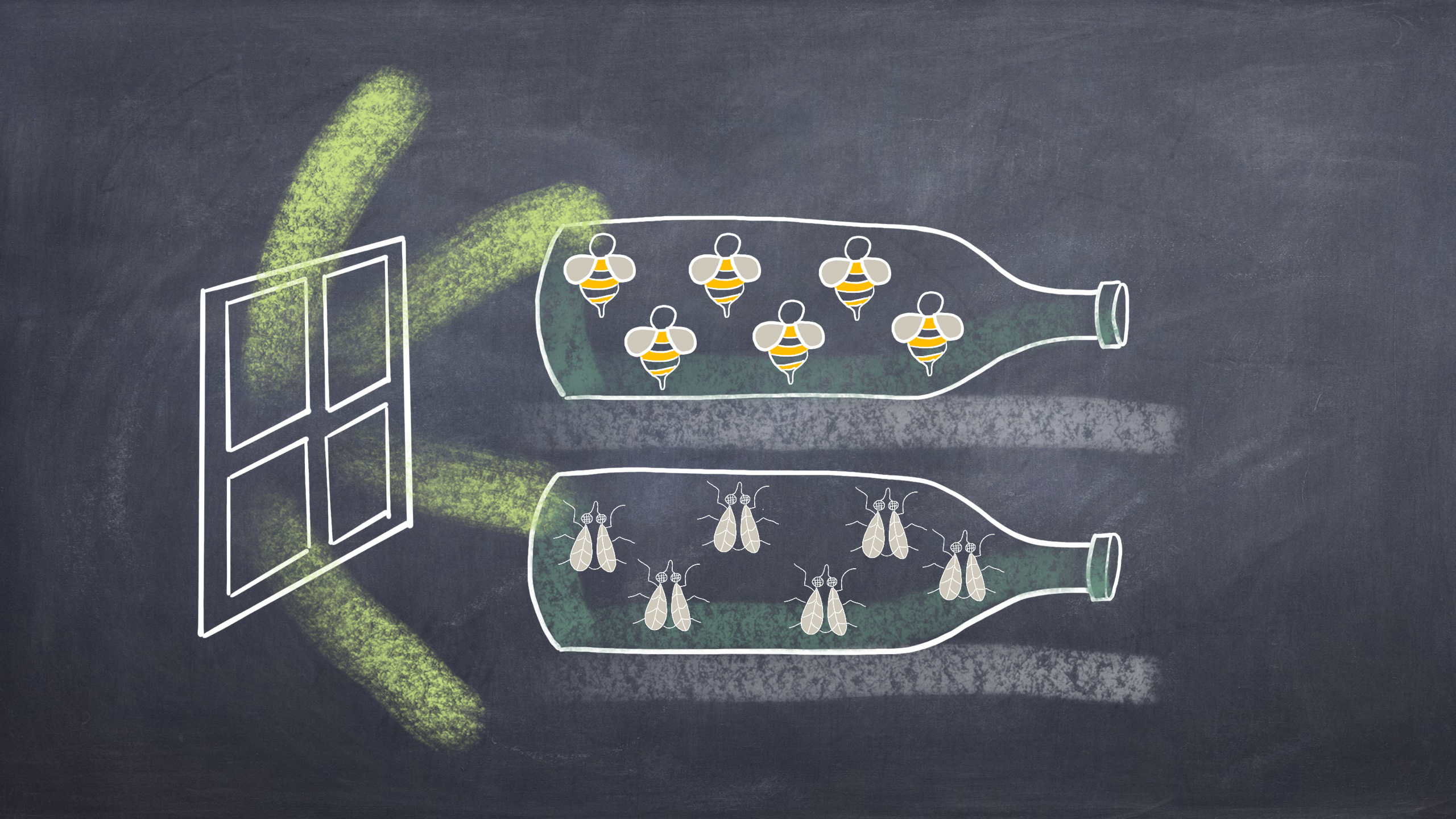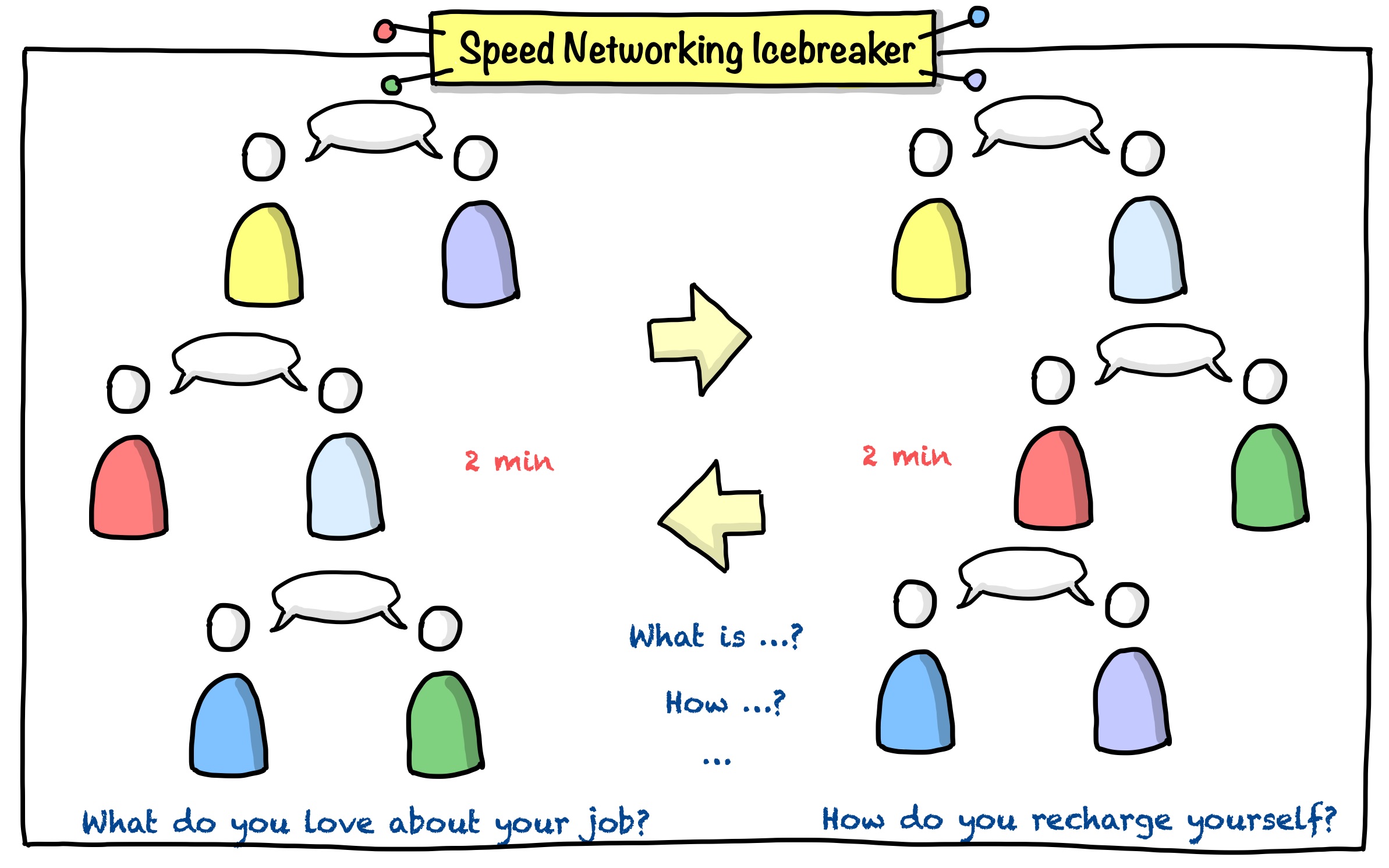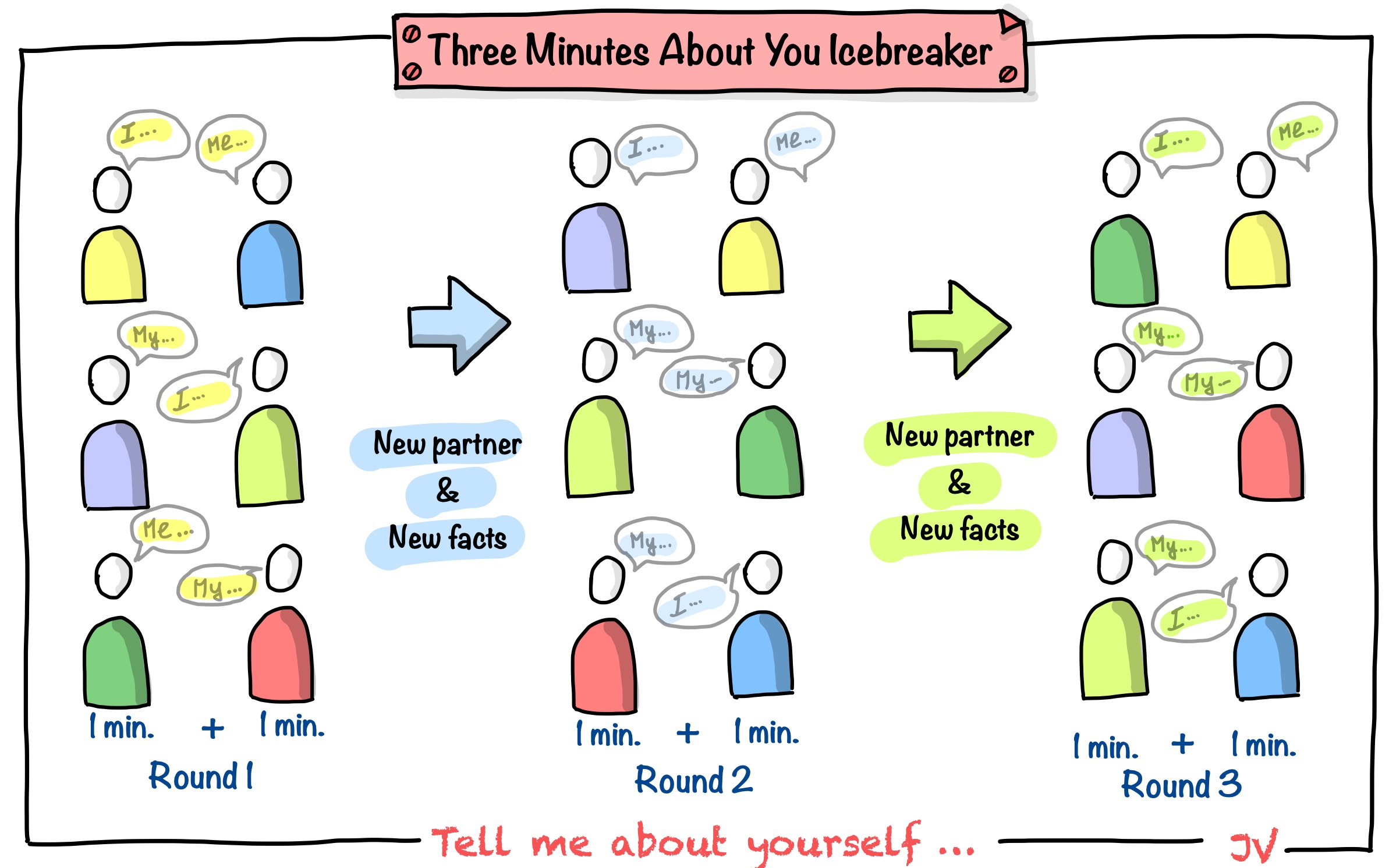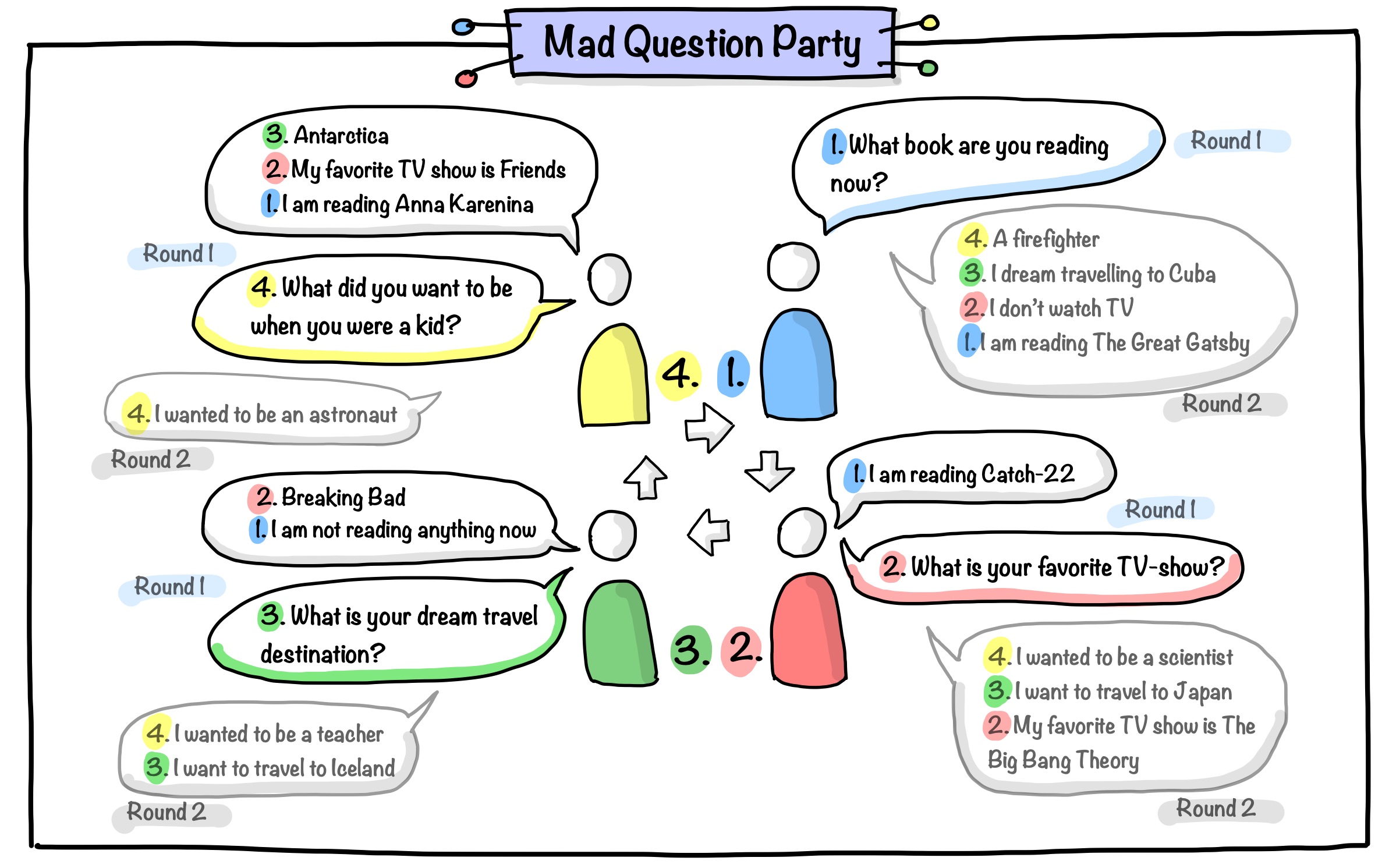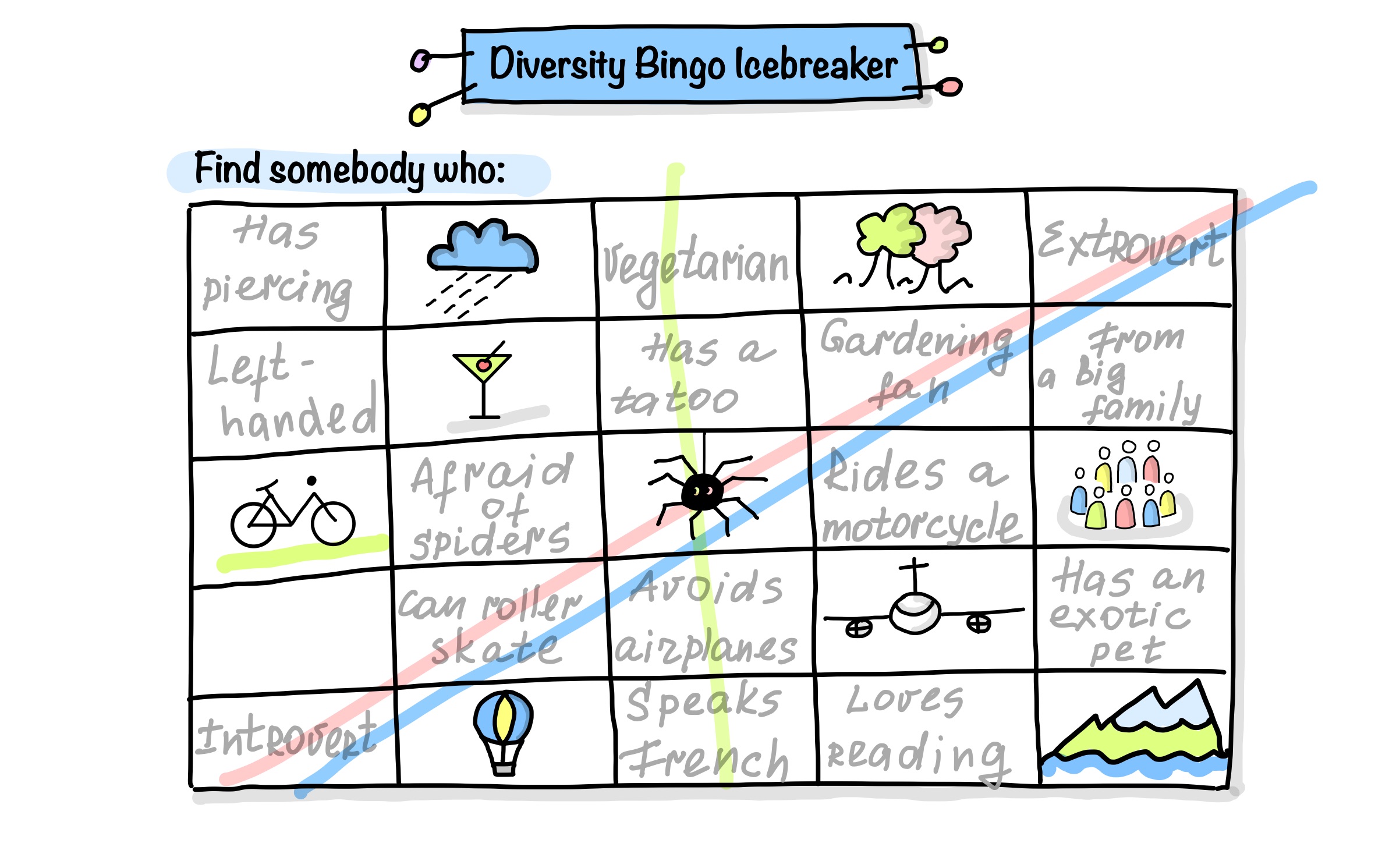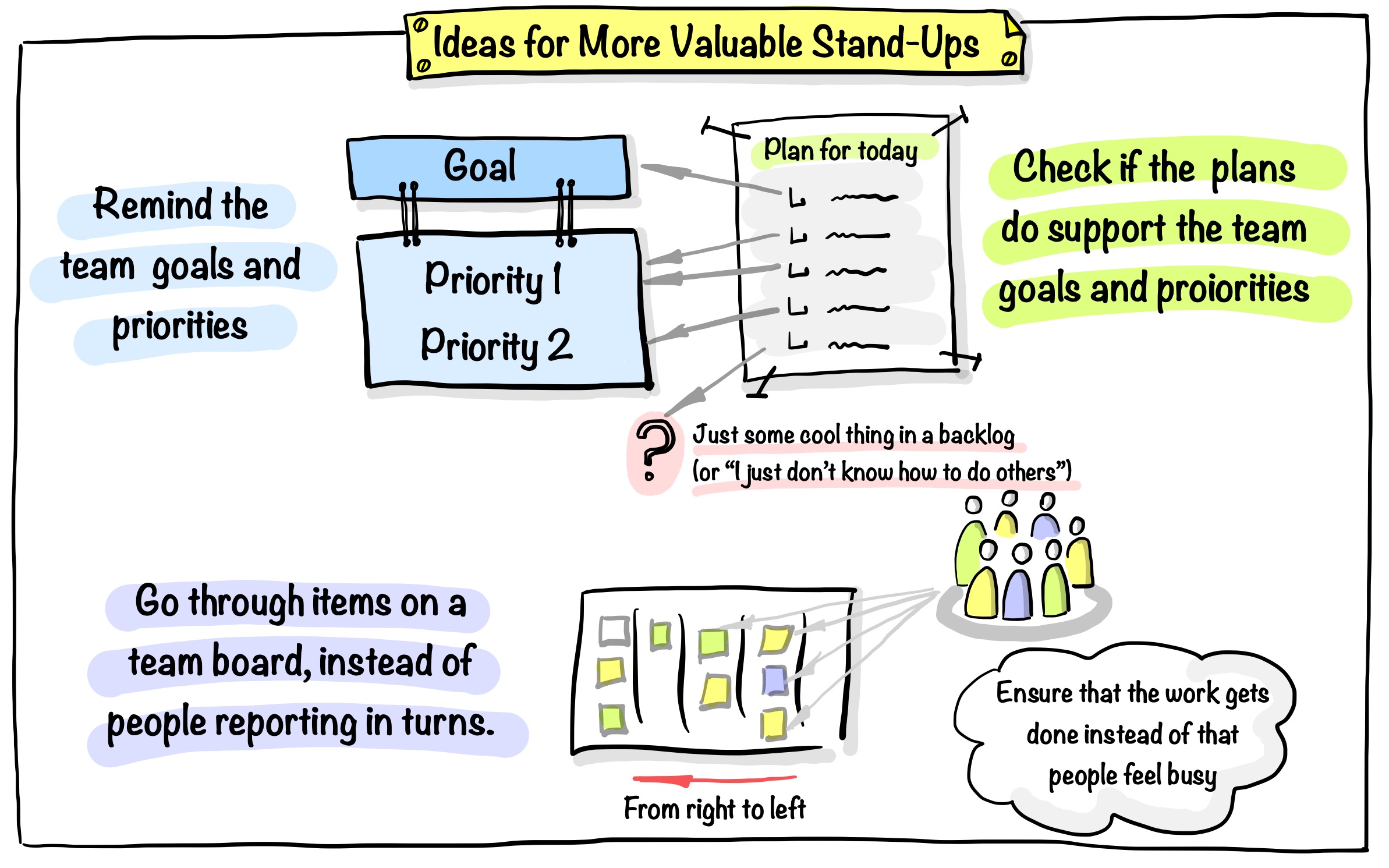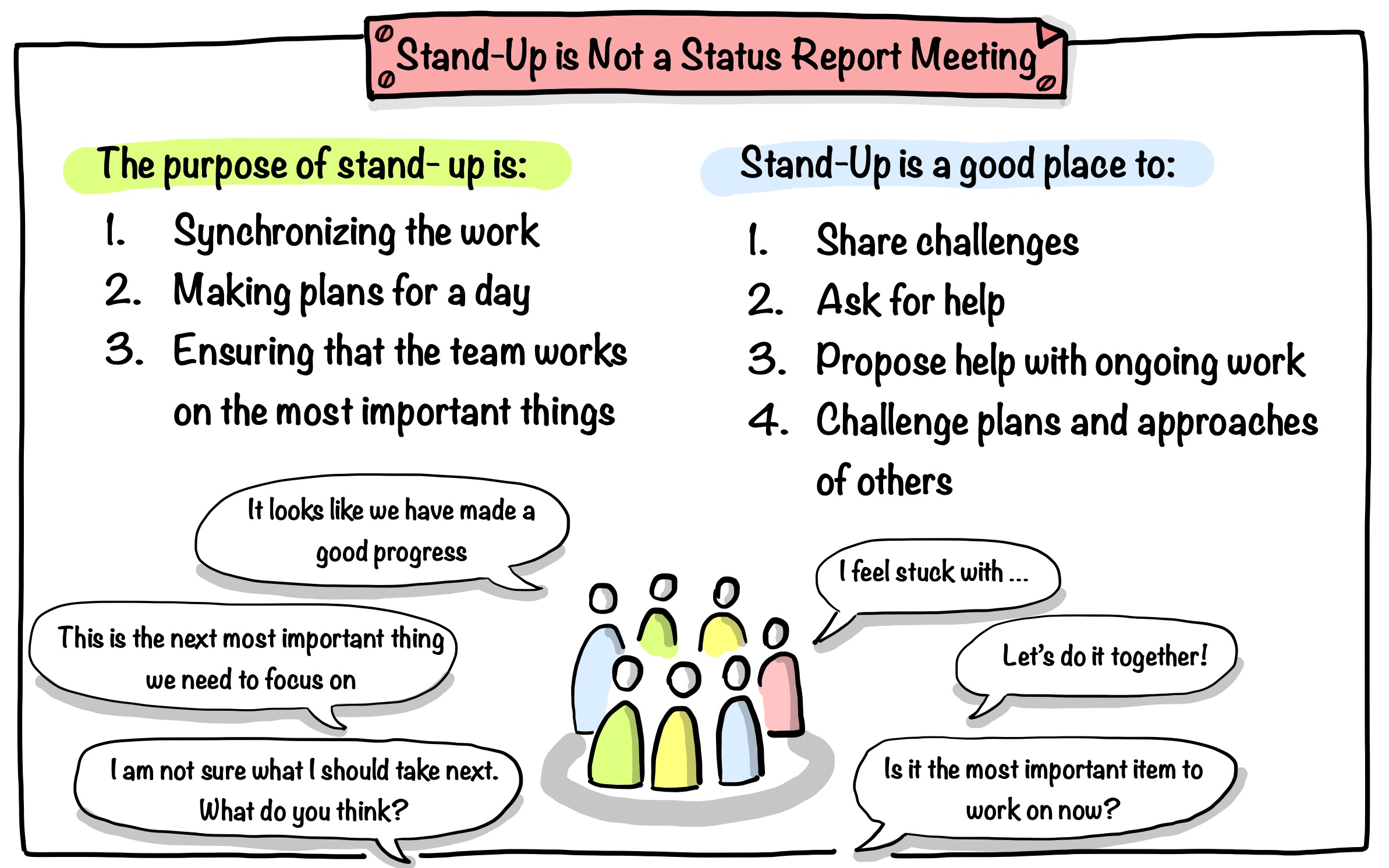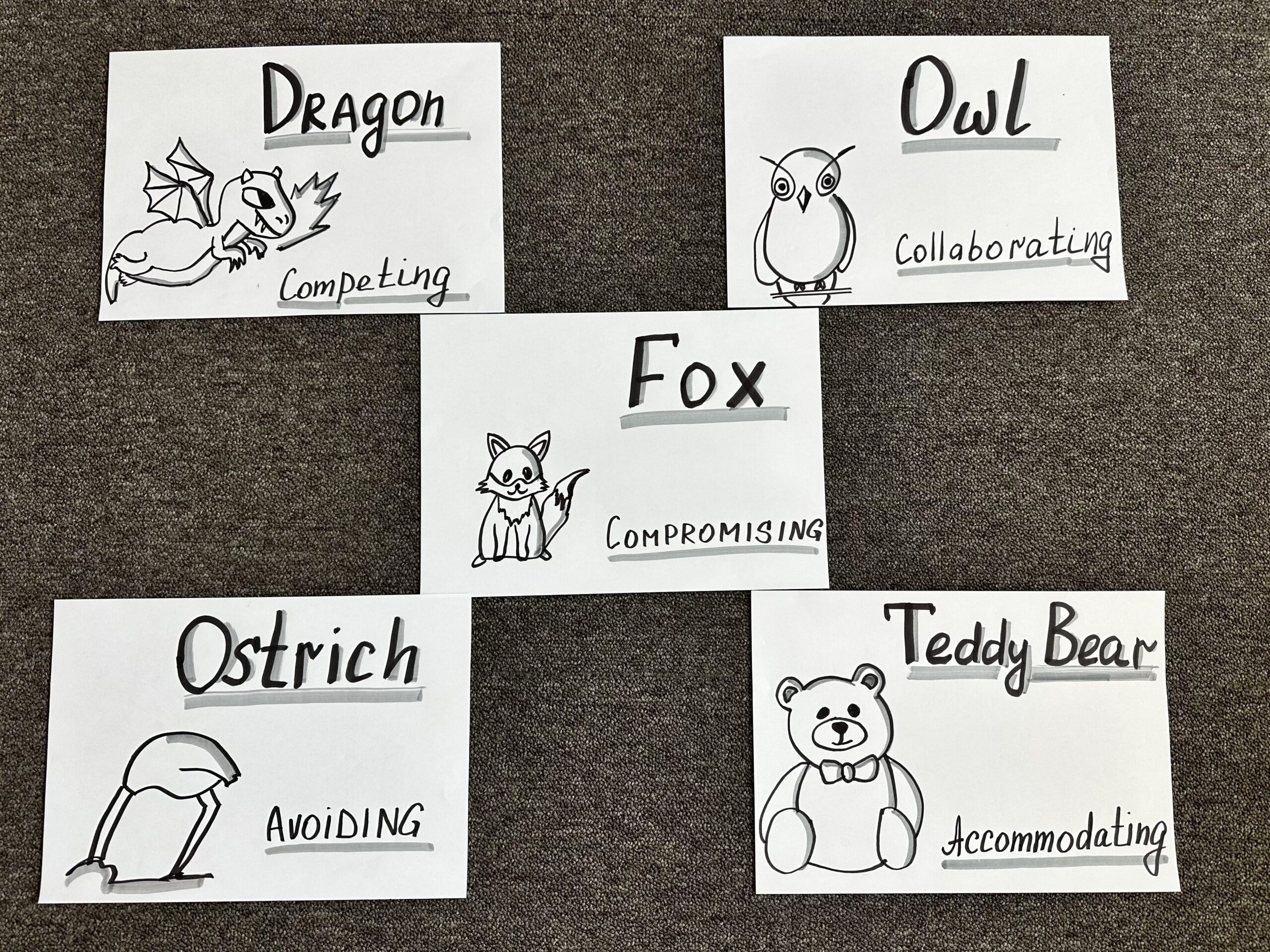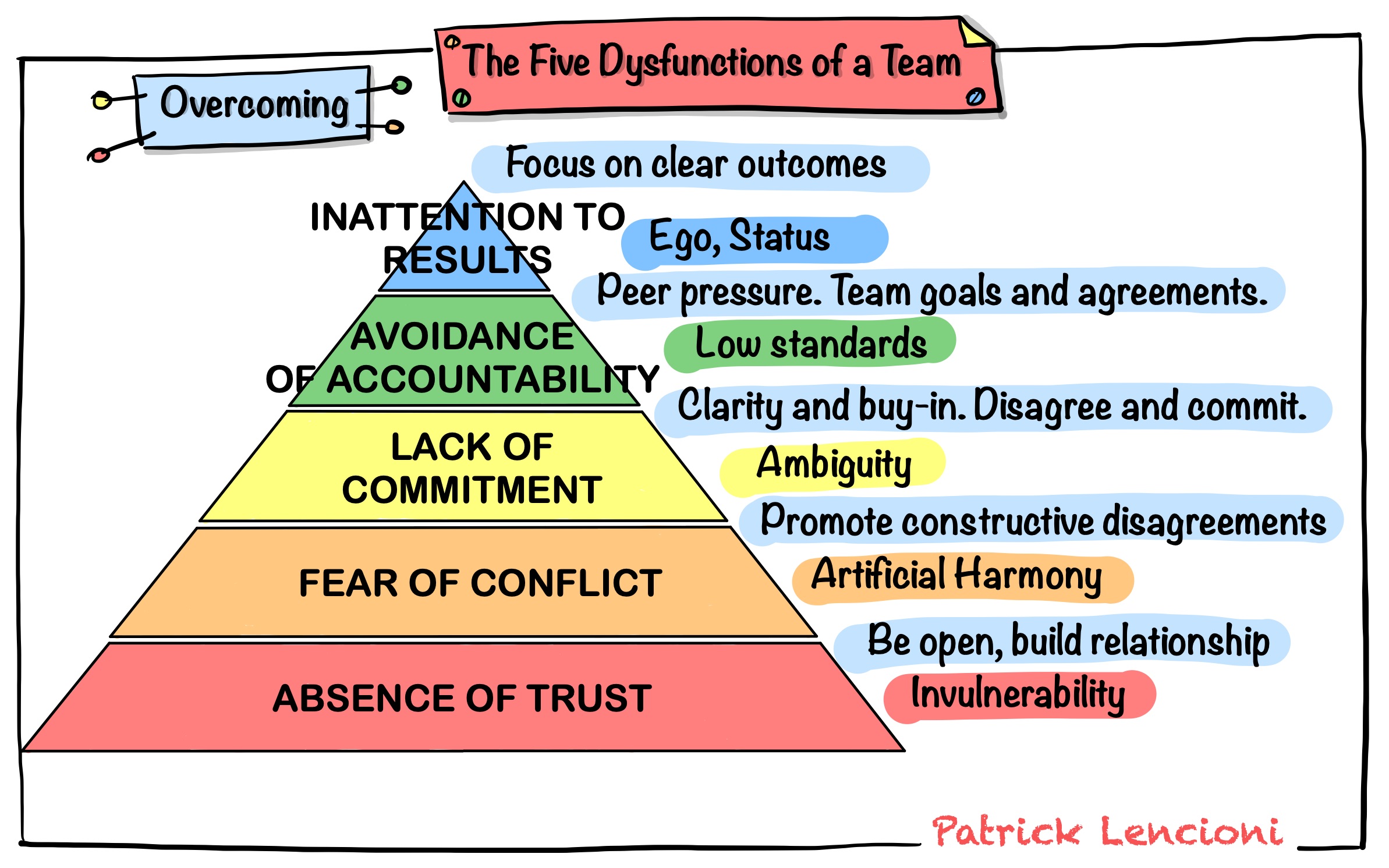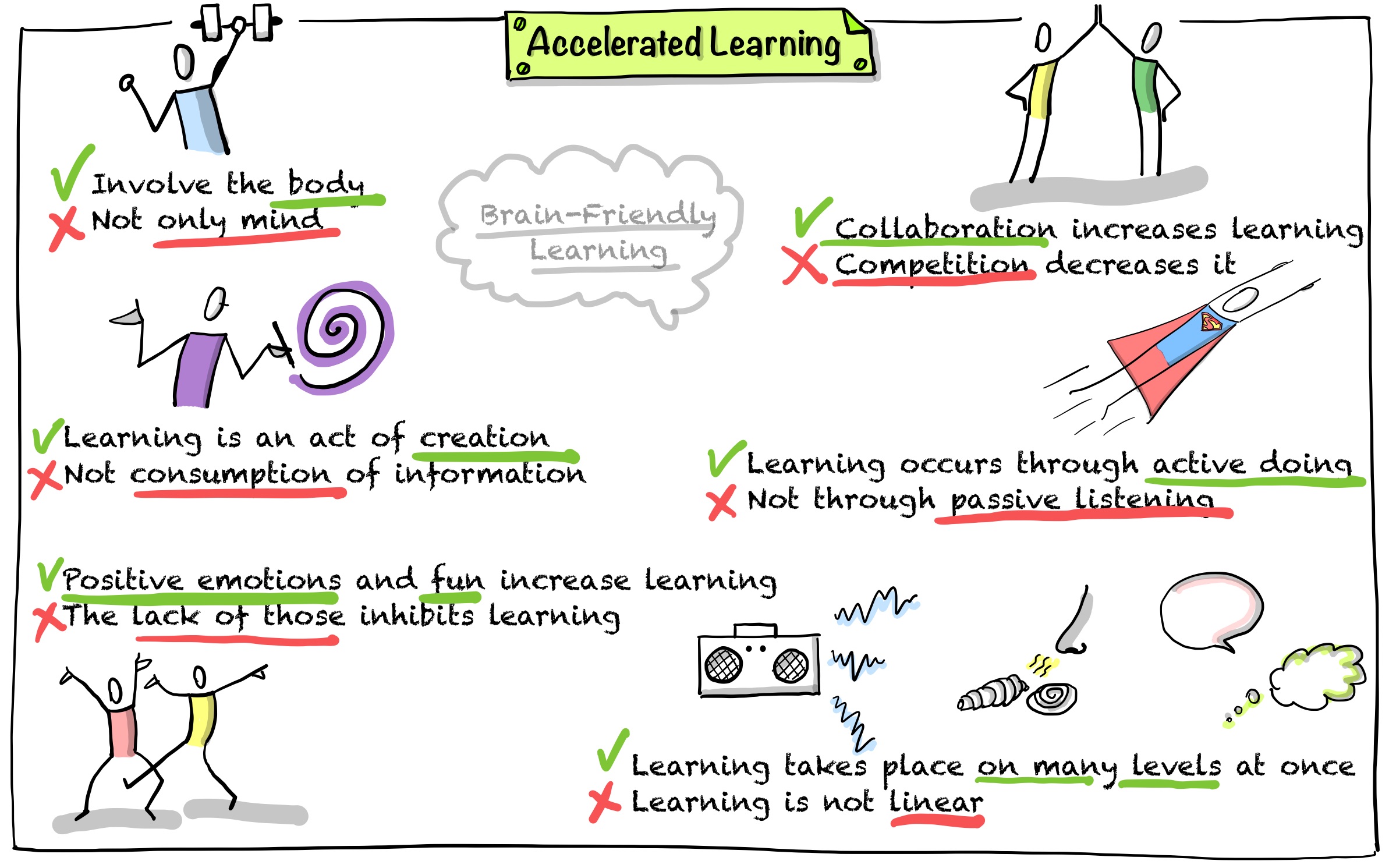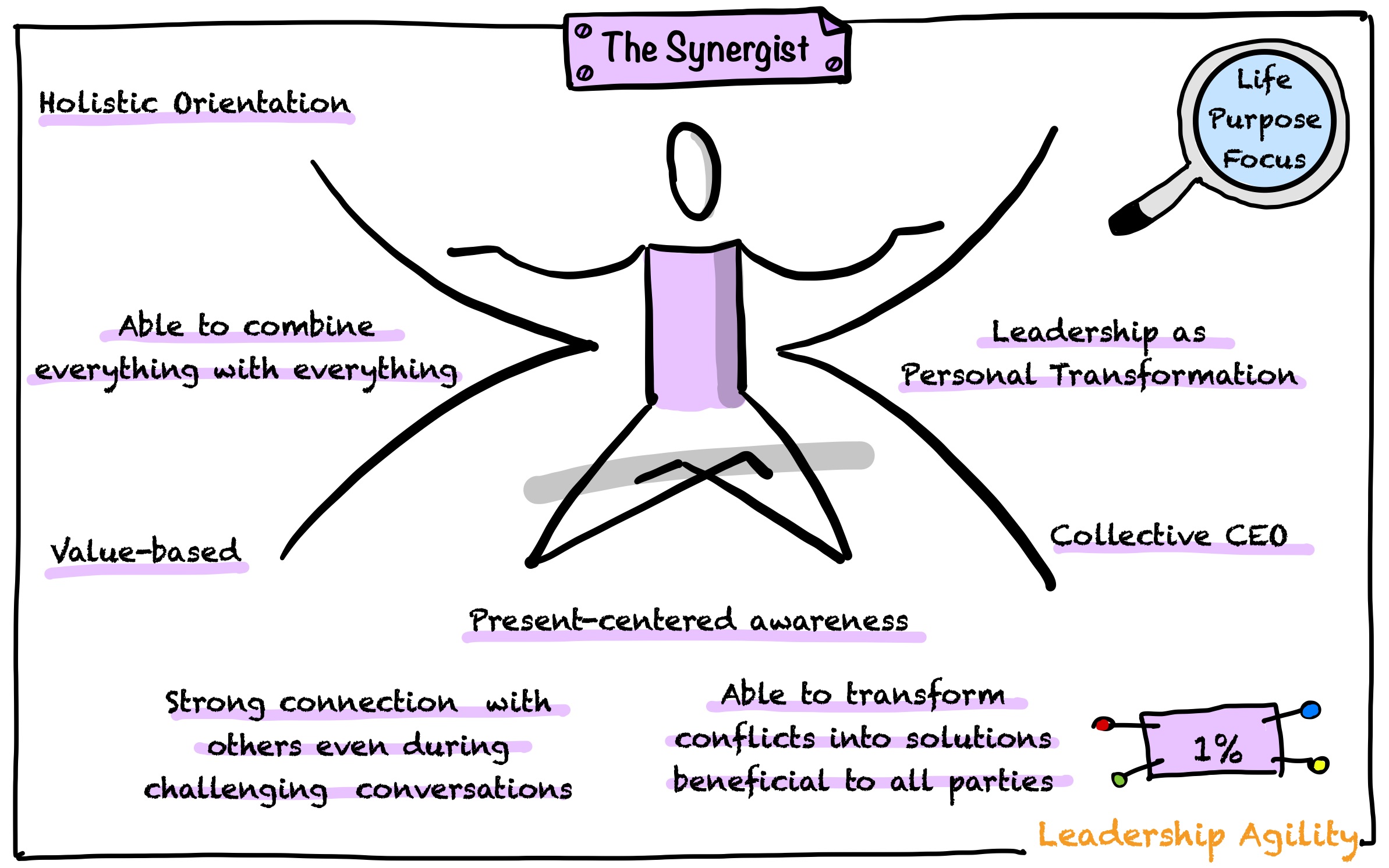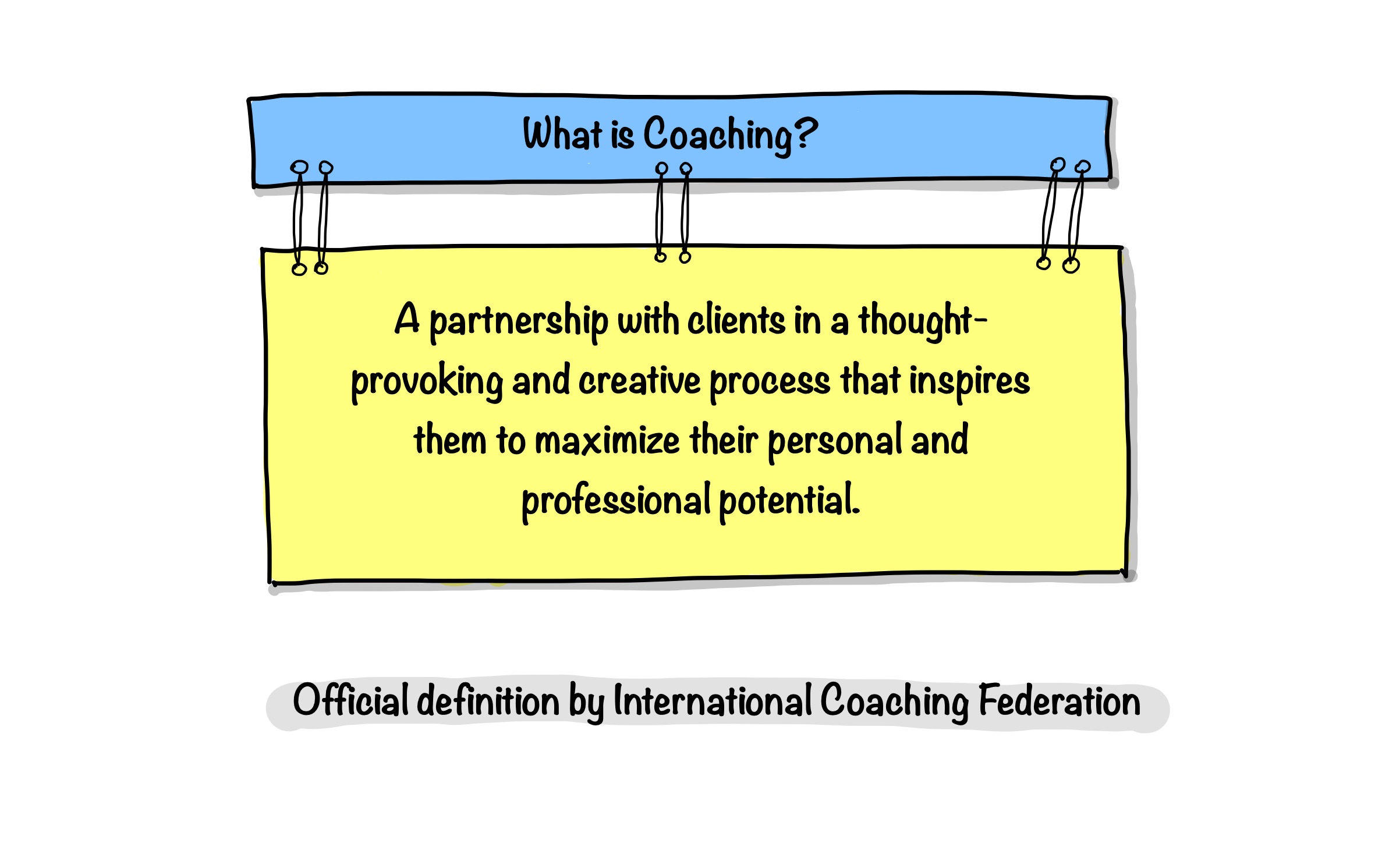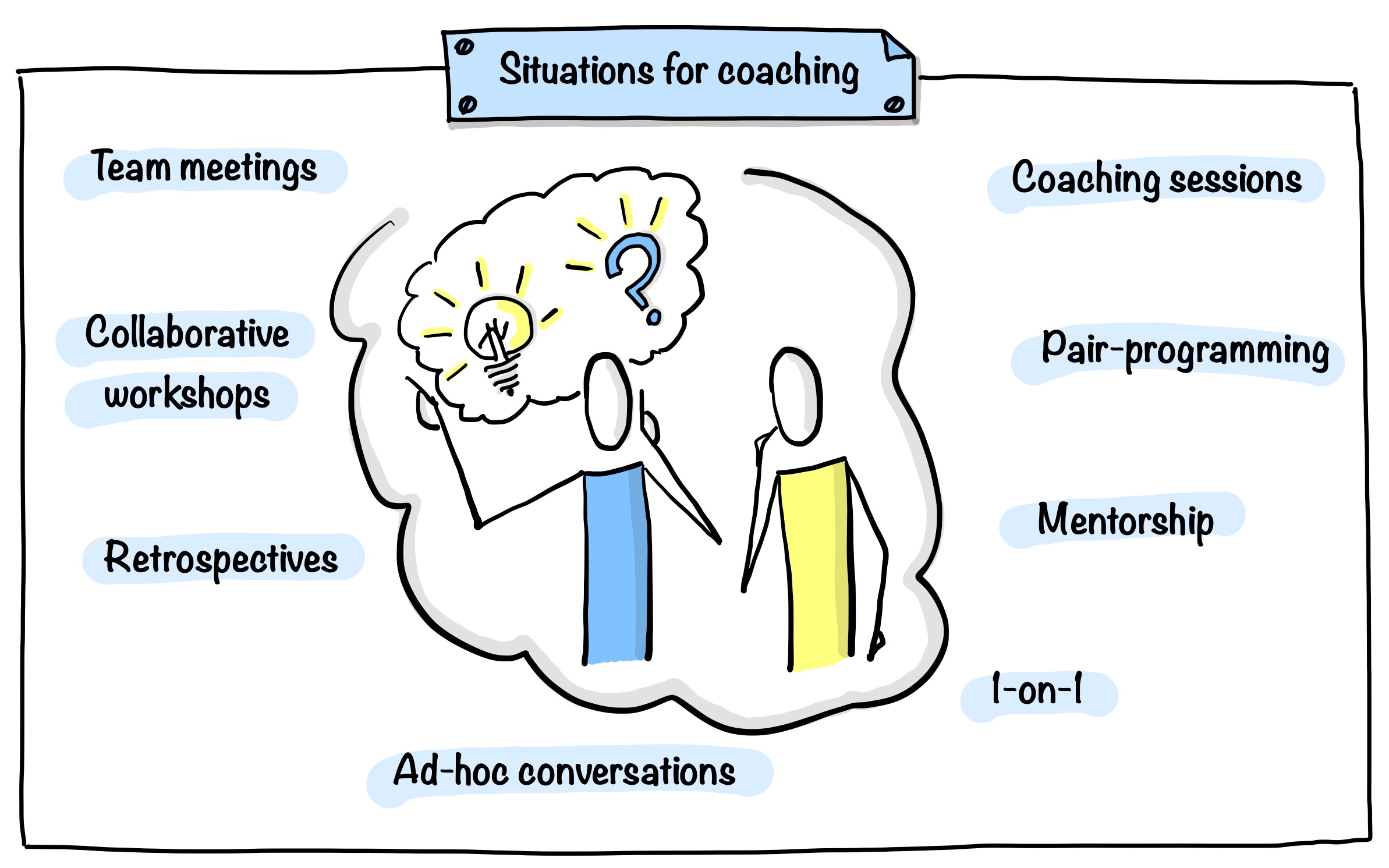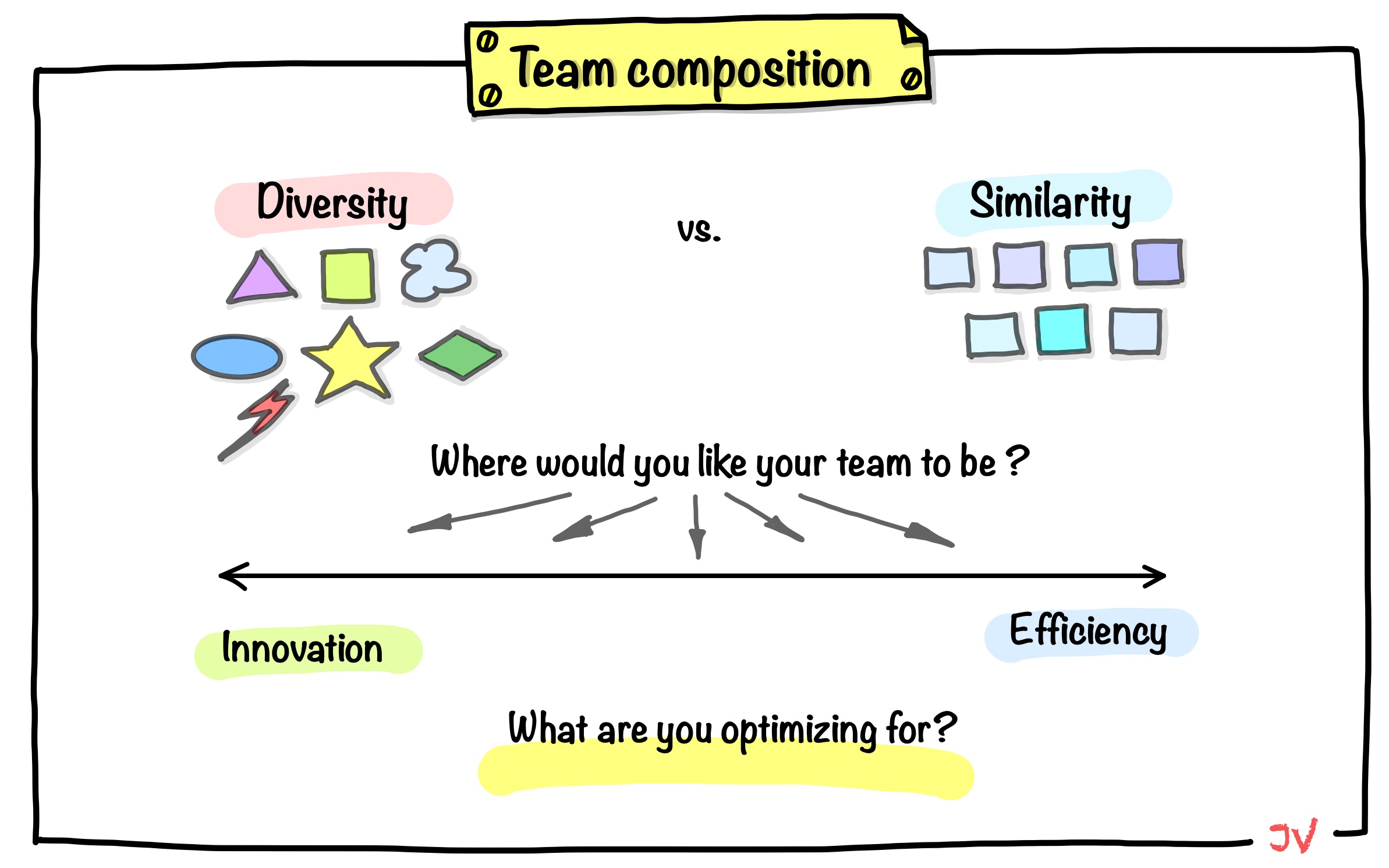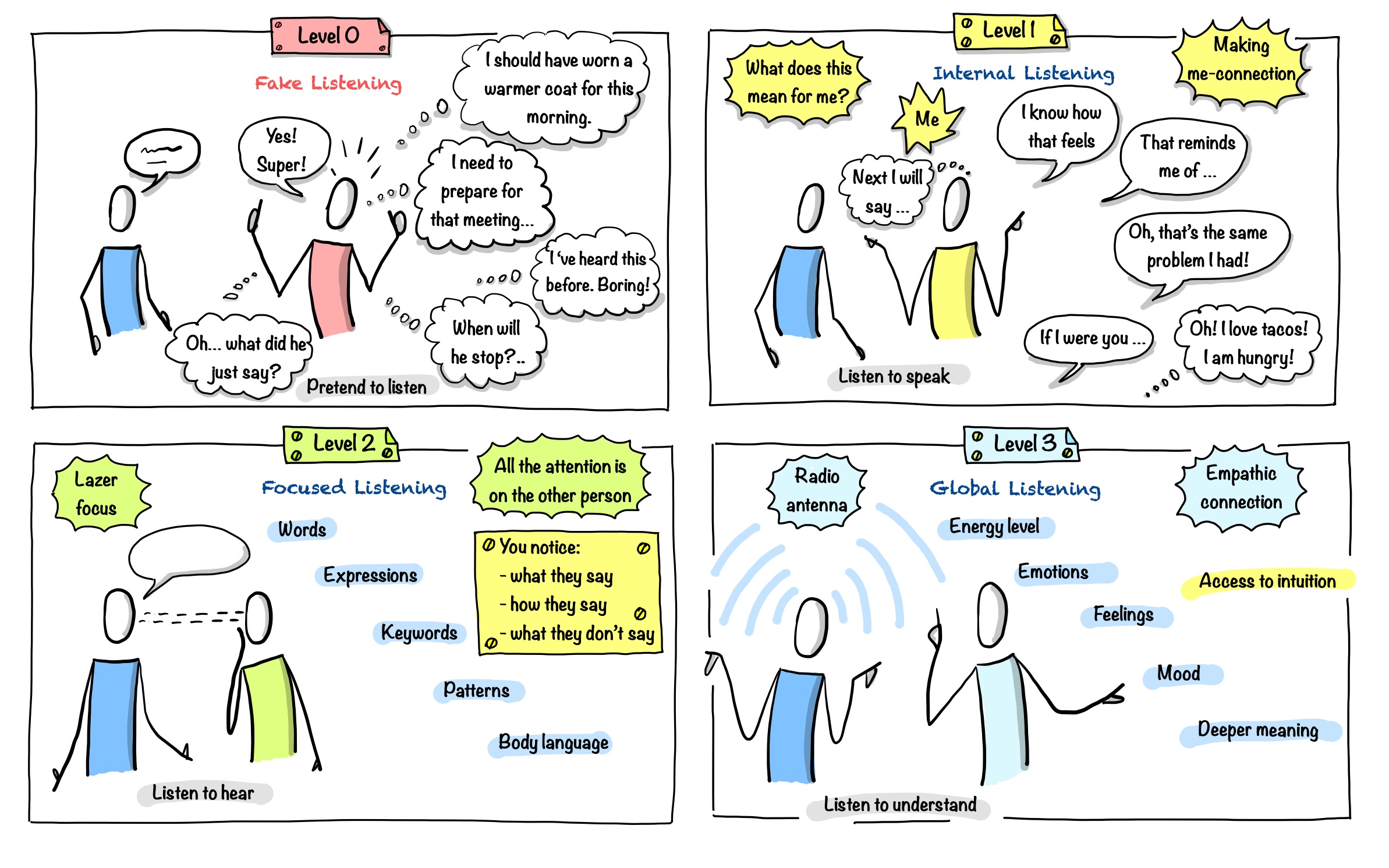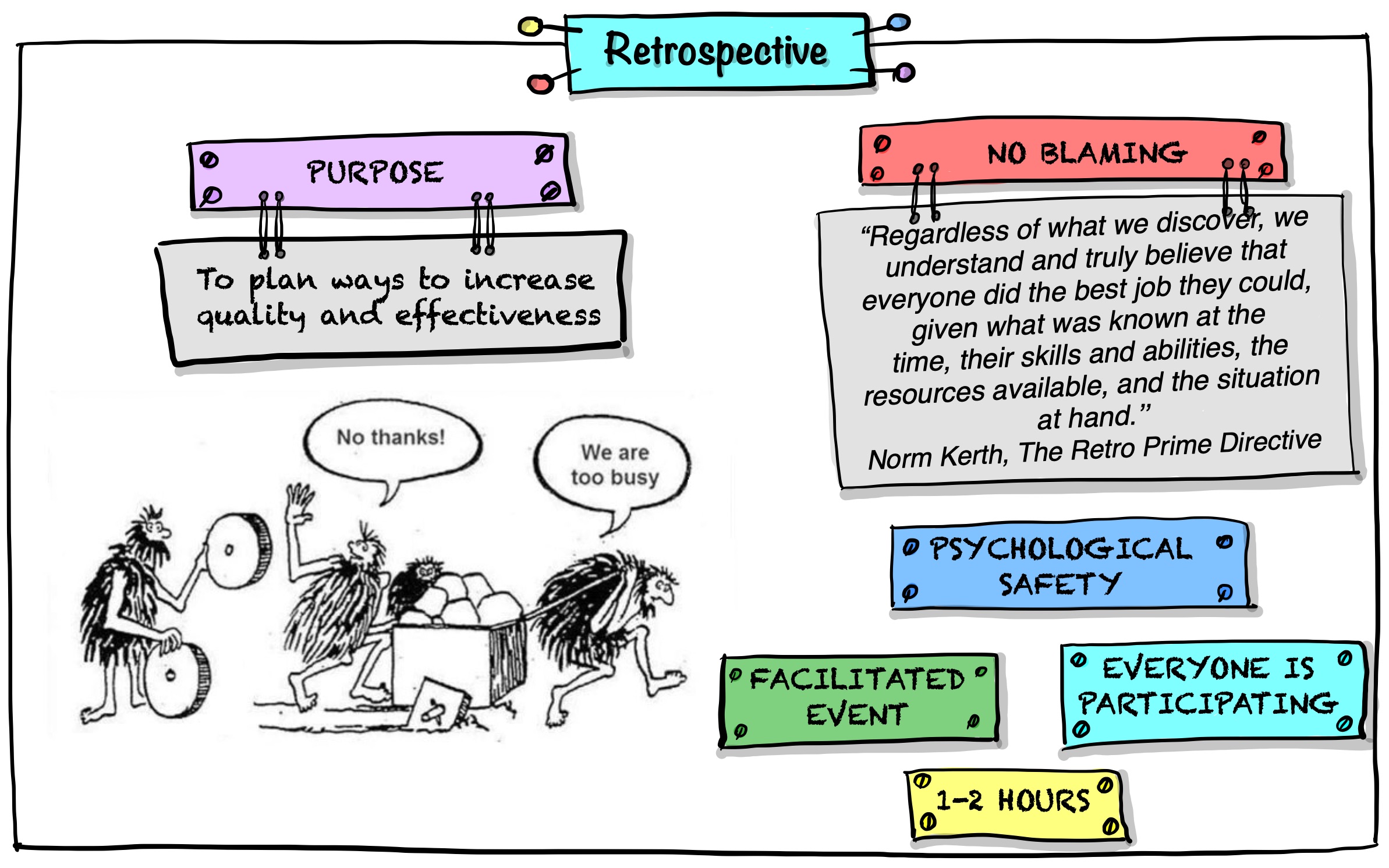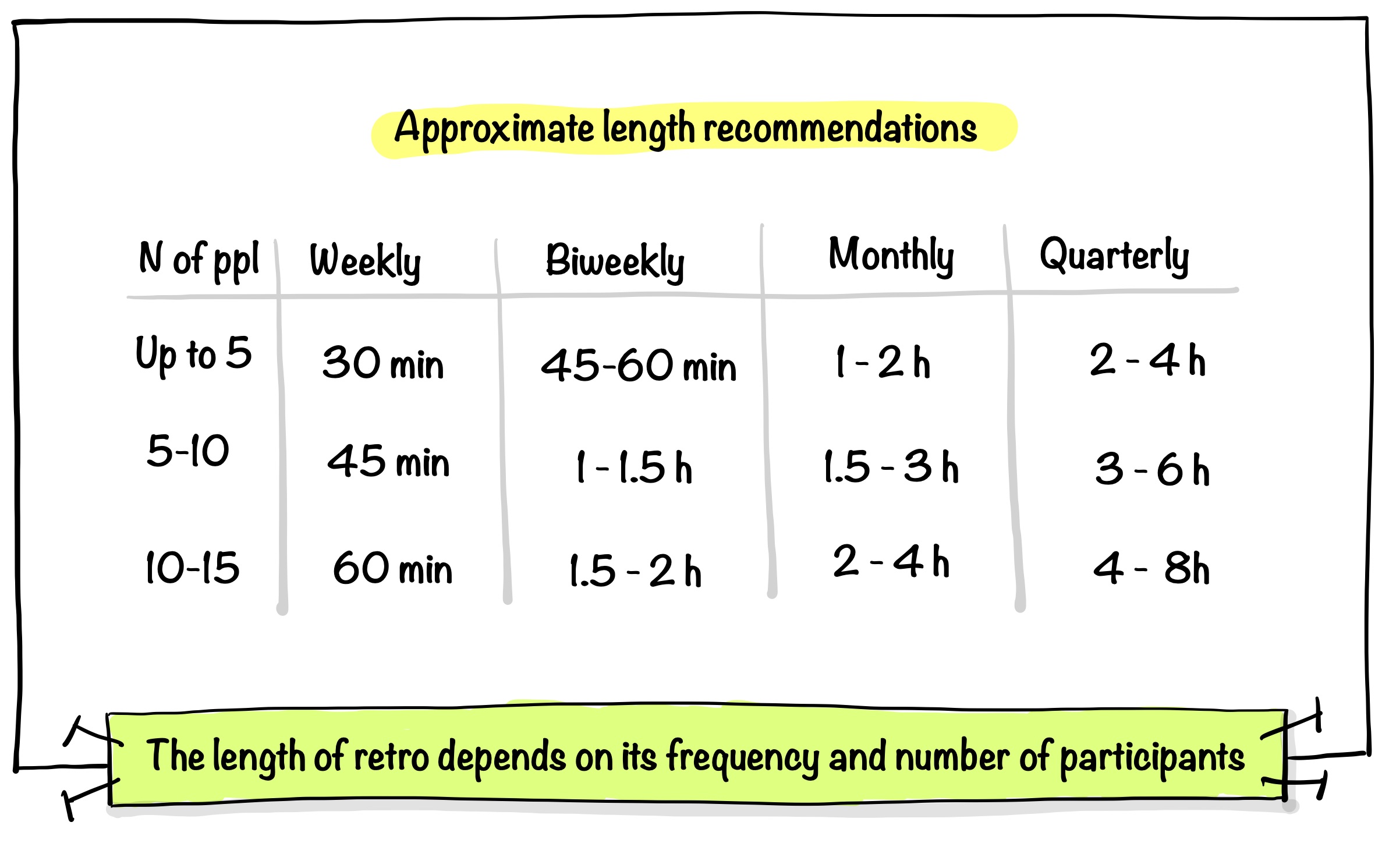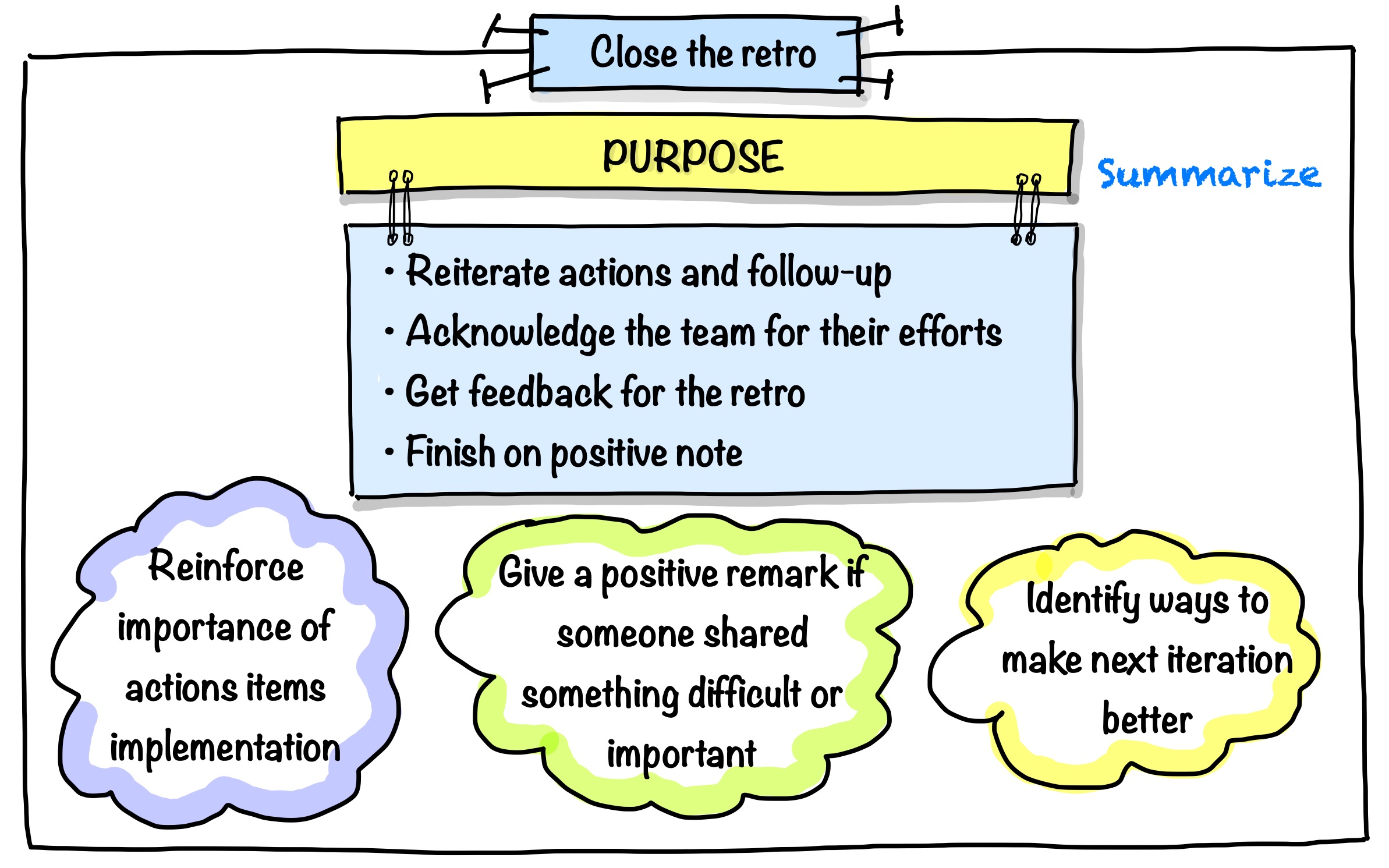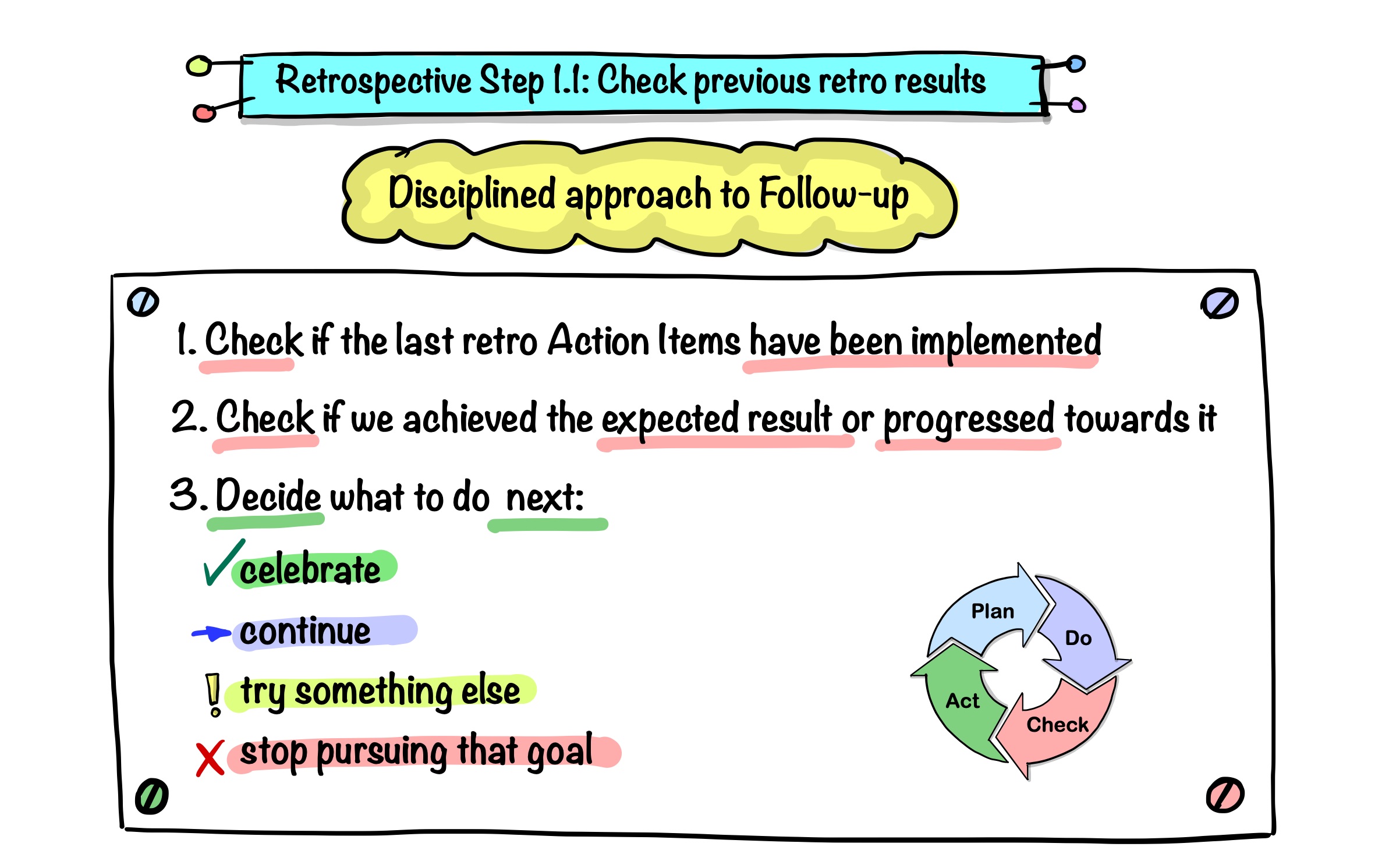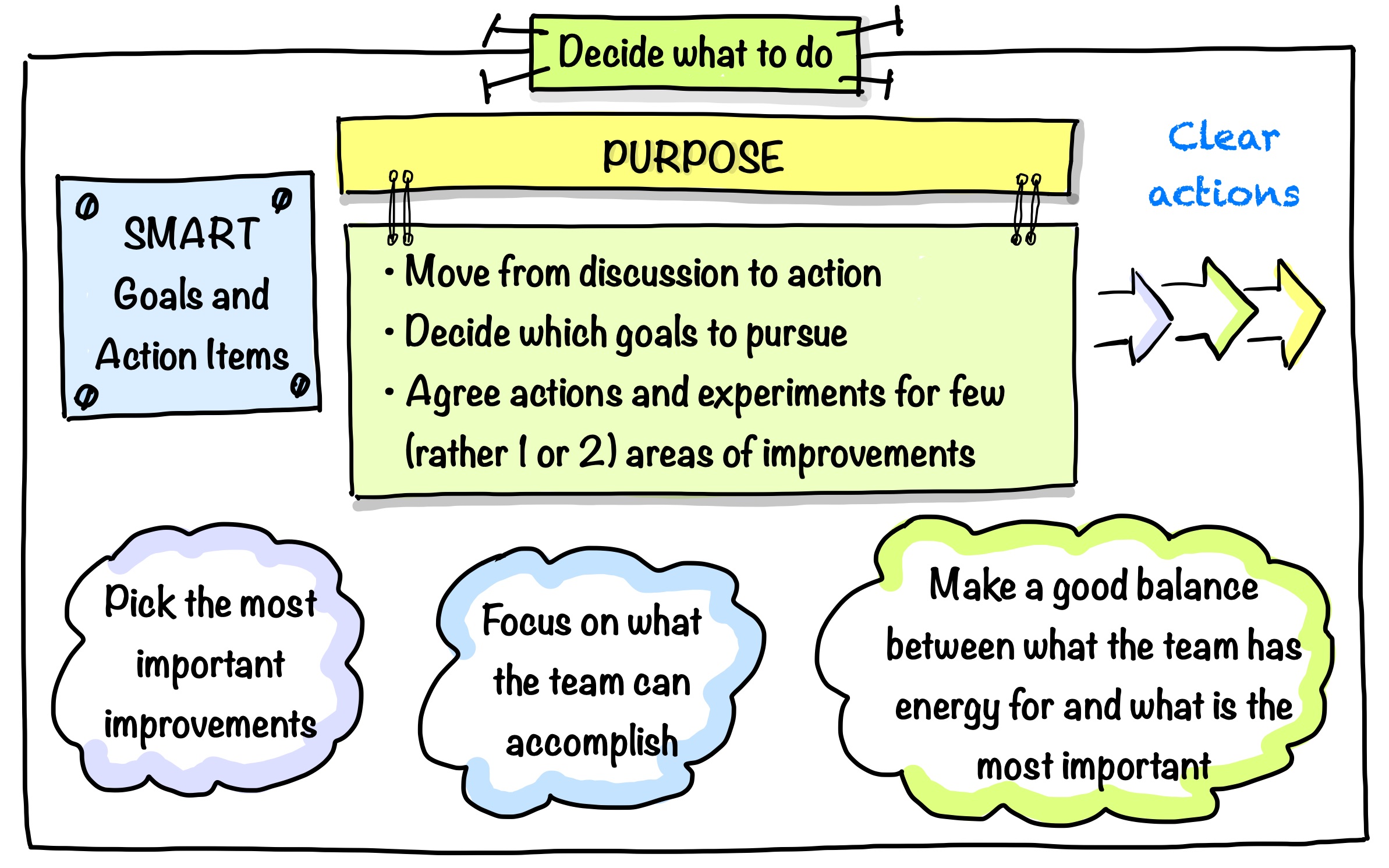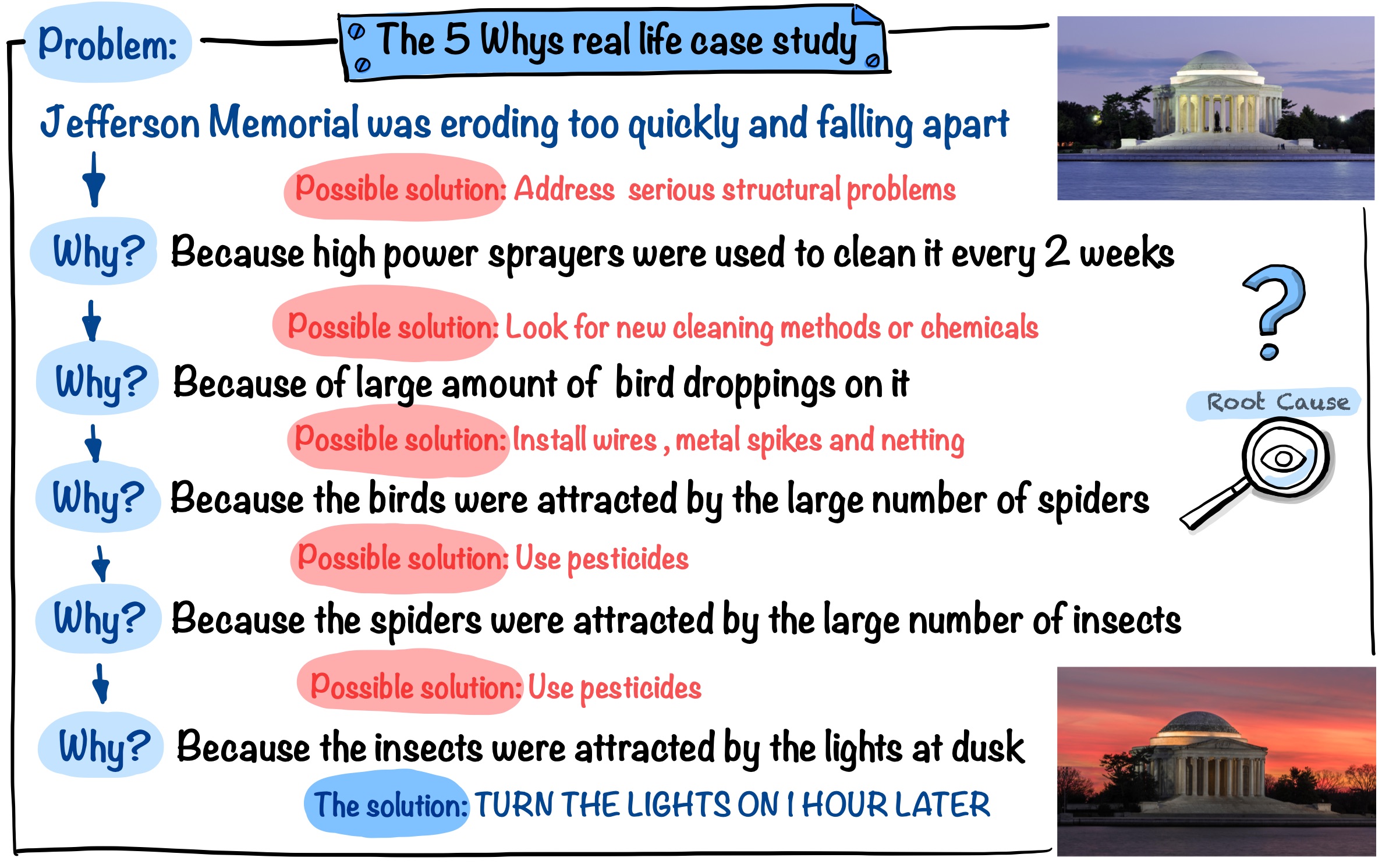Julia’s Blog
-
Product Discovery For Engineers in Pictures
Product Discovery for Engineers in Picture
-
Ideation in Flies Mode
When ideating, let’s be more like flies rather than bees!
-
Speed Networking Icebreaker
Speed Networking icebreaker is an easy and quick way to get people talking at the beginning of different types of social events.
-
Three Minutes About You Icebreaker
Three Minutes About You is an icebreaker that allows team members to get to know their peers deeply in a very short period of time
-
Mad Question Party Team Activity
Mad Question Party is a team-building activity, letting team members find out what they want to know about others and open up a part of themselves.
-
Diversity Bingo Icebreaker
Diversity Bingo is a dynamic energising icebreaker, which also serves as a team-building exercise to let people get to know each other better.
-
Daily Stand-Up In Pictures
Visual Guide to team Daily Stand-up.
-
Stand-Up is Not a Status Report Meeting
Many stand-ups resemble traditional status report meetings. What are the problems with such an approach? How to make stand-ups more valuable?
-
How I run “Conflict Management Styles” exercise
Having conflict is important to progress as a team and nurture innovation, still for many of us it is a difficult situation to handle. This exercise helps the team members to handle conflicting situations better.
-
How I run “The Five Dysfunctions of a Team” workshop
Detailed plan how to run of a workshop The Five Dysfunction of a Team for the whole team, as a separate event or a module for a longer one
-
Accelerated Learning and Brain-Friendly Trainings in Pictures
Active Learning and Brain-Friendly Training In Pictures
-
The Five Levels of Leadership Agility in Pictures
Leadership Agility in pictures.
-
Coaching In Pictures
Visuals explaining Coaching basics that you can apply for coaching in the workplace.
-
Coaching In The Workplace
What are the benefits of coaching in the workplace? In more organizations coaching in the workplace has become more common and plays a more important role.
-
Teams: Diversity or Similarity?
Should we always aim for diversity in team composition? Well, it depends on what we are optimizing for – Efficiency or Innovation.
-
Levels of Listening
Listening is tricky. It seems to be such a natural thing to do, but how often are we really deeply listening to understand the other? And how often do we listen only to speak ourselves? Or pretend to listen?
-
Retrospective in Pictures
All the pictures on retrospective in a single post.
-
Retrospective Practicalities
Here are some very simple rules of thumb regarding the planning of retrospectives: – Duration of Retrospective – Selecting Activities for Retrospective – Tools For Retrospective – Divide participants into smaller groups
-
Phase 5 of Retrospective: Close The Retrospective
The last step of the retrospective is important to summarize and acknowledge what has been done during it, as well as to reinforce the importance of implementing the action items and, of course for finishing on a positive note!
-
Disciplined Approach to Follow-up The Previous Retro Results
Way too often we are so satisfied with our retro results and happy about how the retro went, that we put mental check: “Done” and forget about decisions we made right away after the end of the retro.
-
What Is A Good Action Item of Retrospective?
The goal of Retrospective is improvement of our current situation. We are planning experiments for this, which are our Action Items, which we believe will get us to the desired state or closer to it.
-
Phase 4 of Retrospective: Decide What To Do
Step 4 of the retrospective is Decide What To Do. It is time to move from a discussion to an action and decide which goals to pursue.
-
Applying 5 Whys for Team Challenges
An illustration how asking Why can change the way we address challenges that our teams have. Some typical situation: team members are late for stand-up on regular basis.
-
Root-cause analysis and 5 Whys
Root-cause analysis is one of the possible activities during Generate Insights phase of retrospective, and a popular method for doing it is Five Whys technique, originated from Toyota.
